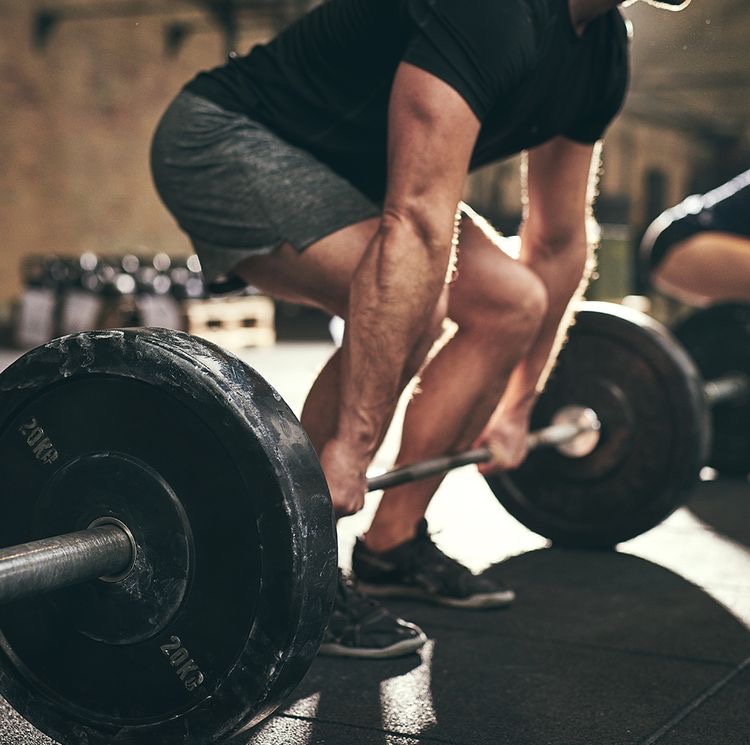When it comes to building a strong, functional, and aesthetically pleasing physique, few tools rival the effectiveness of the barbell exercises. A timeless piece of gym equipment, the barbell has stood the test of time and remains a cornerstone in strength training routines. From foundational movements like squats to full-body power exercises like deadlifts, the barbell offers a comprehensive and transformative workout experience.
At the heart of any effective workout routine lies the pursuit of strength. The barbell, with its unyielding iron structure and classic design, embodies this pursuit like no other equipment. Its history can be traced back to the ancient Greek halteres – rudimentary weights used by athletes to improve their physical prowess. Fast forward to modern fitness culture, and the barbell has become a symbol of strength and power.
We’re an affiliate. We hope you love the products we recommend! Just so you know, we may collect a share of sales or other compensation from the links on this page. Thank you if you use our links, we really appreciate it!
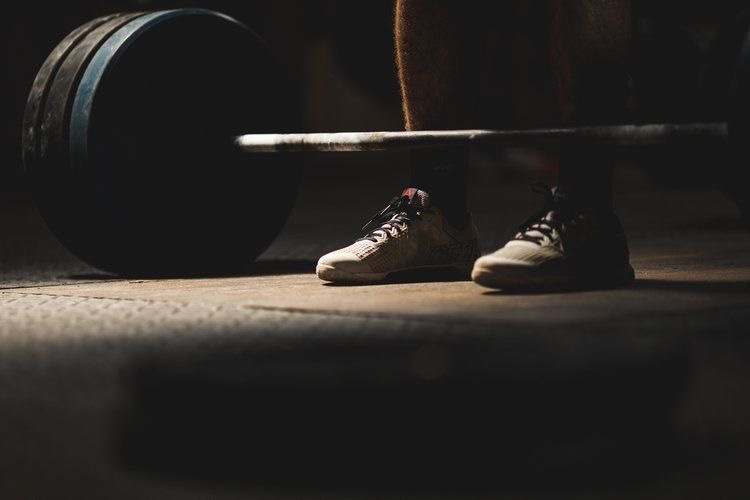

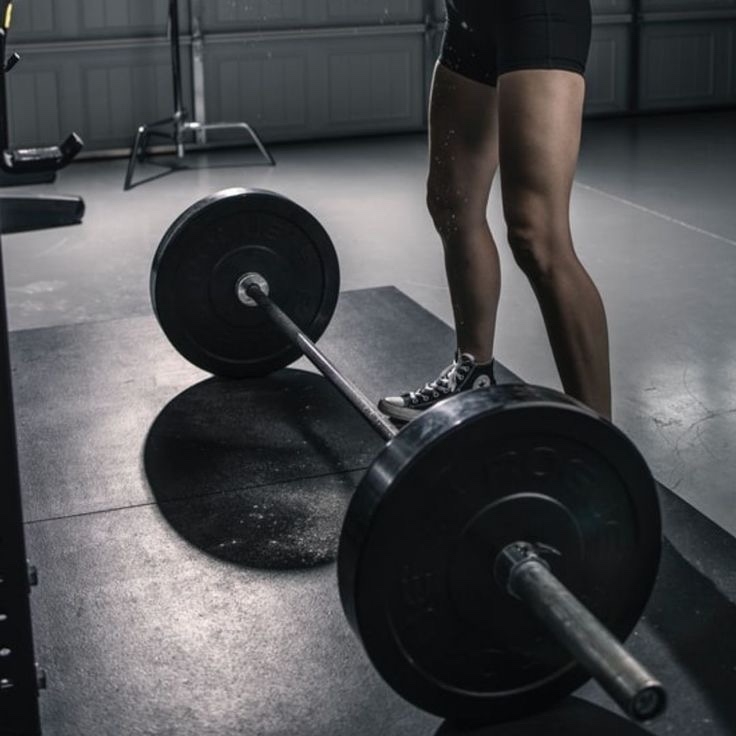
What sets barbell exercises apart is their simplicity and effectiveness. Unlike machines that isolate specific muscles, barbell movements engage multiple muscle groups simultaneously, promoting overall muscle growth and functional strength. Moreover, the instability of a free-weight barbell challenges your stabilizing muscles, enhancing your balance and coordination.
Various Barbell Exercises
As we continue our exploration of barbell exercises, it’s important to emphasize the wide array of movements that this versatile tool offers. Beyond squats and deadlifts, the barbell can be wielded to target every major muscle group in your body. Let’s delve into a selection of key barbell exercises that can transform your workout routine and take your strength gains to the next level.
1. Bench Press: Unleash Upper Body Power
The bench press is the quintessential upper body strength exercise, focusing primarily on your chest, shoulders, and triceps. It’s a classic maneuver for building a powerful chest and enhancing pushing strength. To perform a bench press, lie on a flat bench with your feet firmly planted on the ground. Grip the barbell slightly wider than shoulder-width, lower it to your chest, and then press it back up, engaging your chest and triceps muscles.
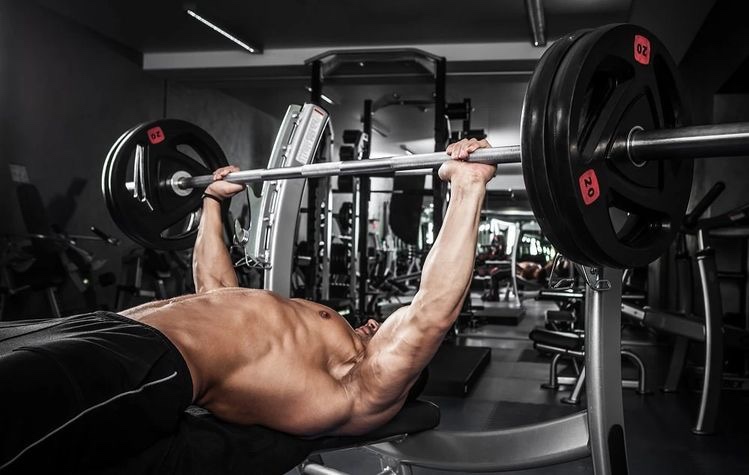

2. Overhead Press: Shouldering the Load
The overhead press, also known as the military press, is a compound movement that targets your shoulders, triceps, and upper back. It’s a fantastic exercise for developing strong, well-rounded shoulders and improving shoulder stability. To execute the overhead press, stand with your feet hip-width apart, grip the barbell at shoulder width, and press it overhead while keeping your core engaged.
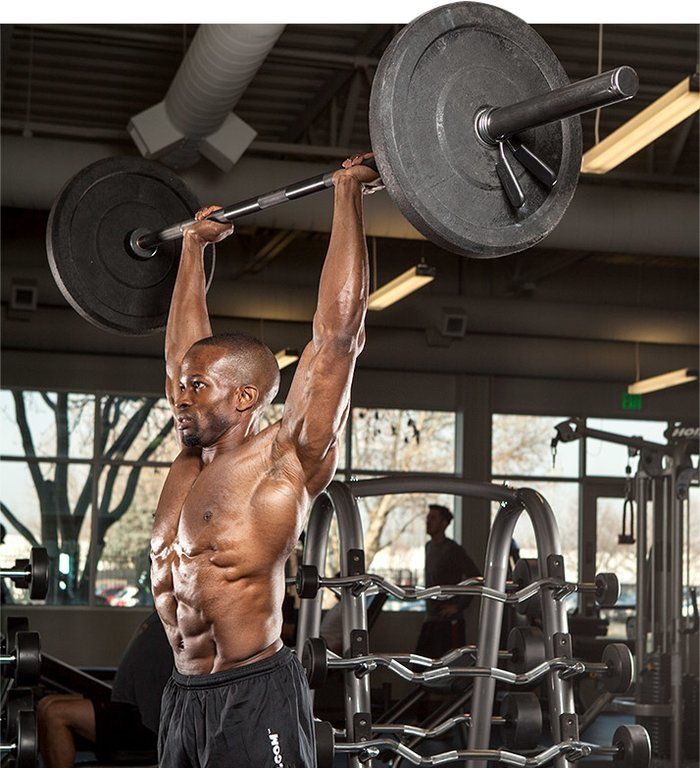
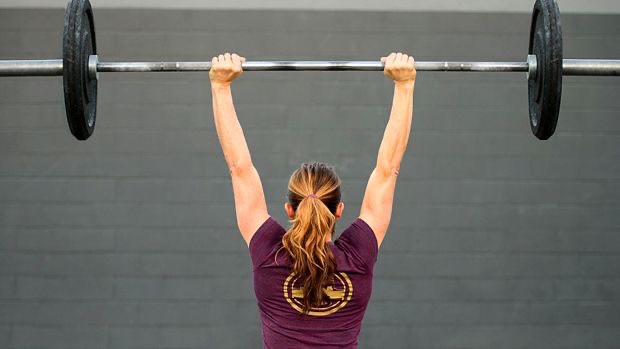
3. Bent-Over Rows: Sculpting a Strong Back
To balance out the pressing movements, bent-over rows come into play. These target your upper back, lats, and biceps, helping you achieve a well-defined and strong back. Begin by bending at the hips with a slight knee bend, maintaining a flat back. Grip the barbell with an overhand grip and pull it towards your lower ribs, engaging your back muscles.
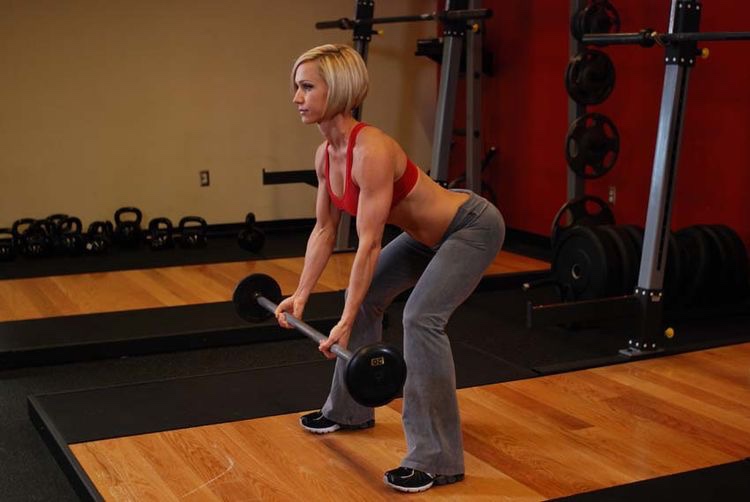

4. Lunges: Stepping into Leg Strength
Lunges with a barbell offer an exceptional way to develop leg strength, stability, and balance. Holding the barbell across your upper back, step forward into a lunge position, lowering your back knee towards the ground while keeping your front knee above your ankle. This exercise targets your quadriceps, hamstrings, and glutes while enhancing coordination.

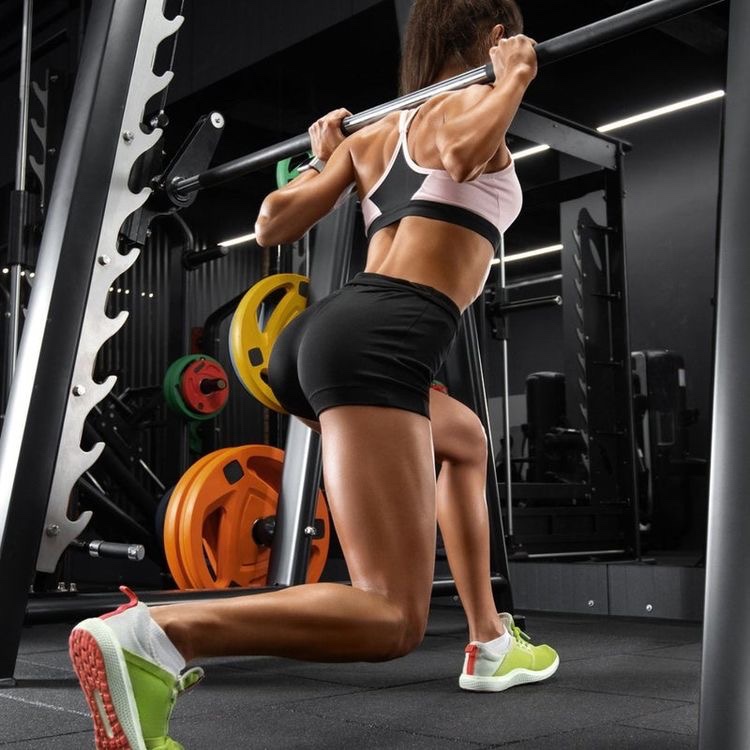
5. Romanian Deadlifts: Perfecting the Posterior Chain
Romanian deadlifts (RDLs) are a variation of the traditional deadlift that hones in on your hamstrings, glutes, and lower back. With a slight bend in your knees, hinge at your hips and lower the barbell along your thighs, maintaining a neutral spine. RDLs are exceptional for building hamstring strength and promoting proper hip hinge mechanics.

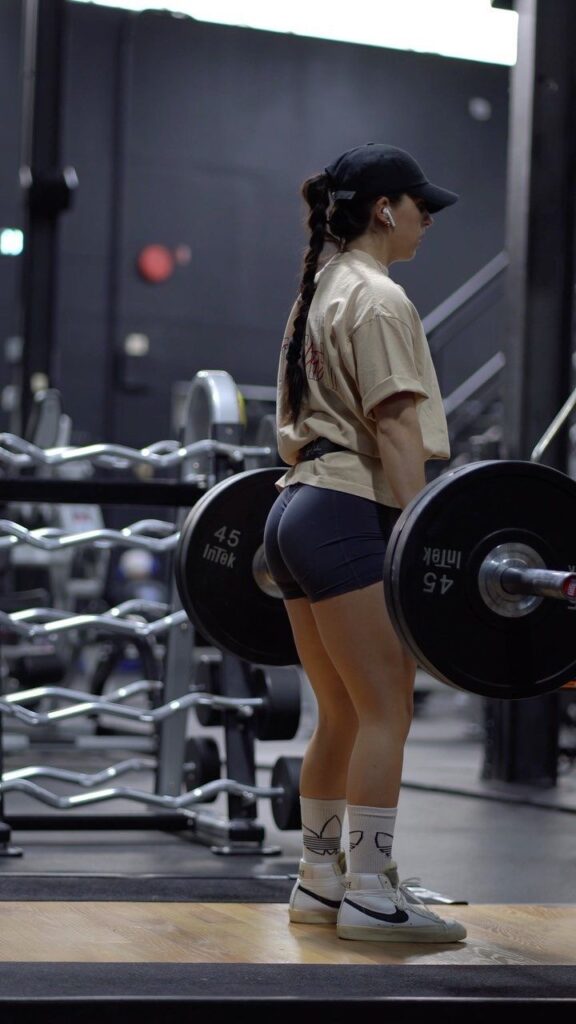
6. Barbell Curls: Building Bicep Peaks
For those looking to sculpt impressive biceps, barbell curls are a go-to exercise. Hold the barbell with an underhand grip, arms fully extended, and curl the bar towards your shoulders, focusing on contracting your biceps throughout the movement. This exercise isolates and develops your bicep muscles effectively.
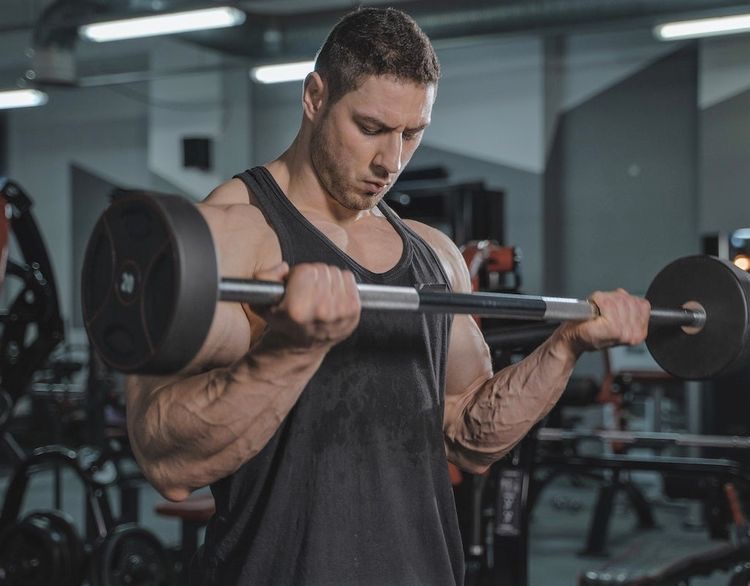
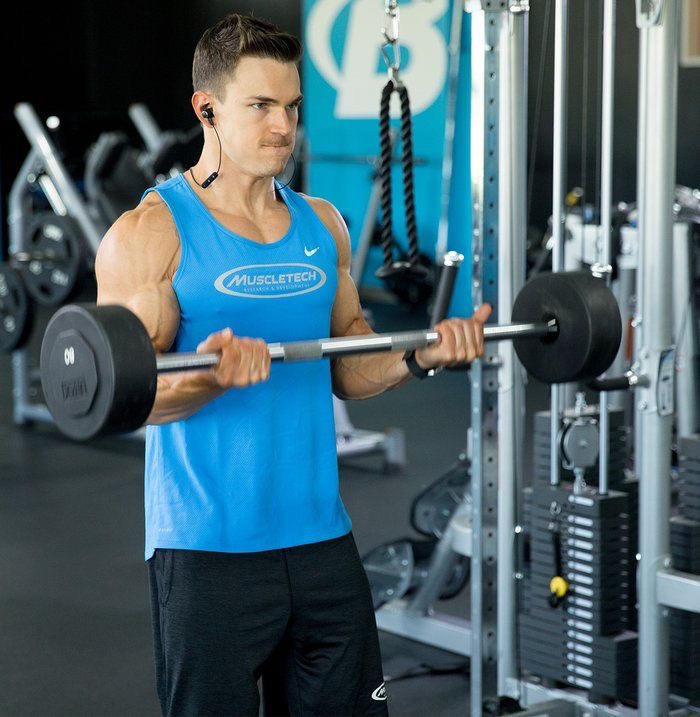
The Barbell’s Endless Potential
The standard barbell is more than just a piece of gym equipment – it’s a powerful tool that opens the door to a world of strength, athleticism, and transformation. From foundational compound movements to targeted exercises, the barbell provides limitless opportunities for enhancing muscle mass, building functional strength, and improving overall fitness. As you incorporate these various barbell exercises into your training regimen, remember to prioritize proper form, progression, and adequate rest for optimal results.
Exploring the Benefits of Barbell Exercises
Barbell exercises offer a multitude of advantages that make them a staple in effective strength training routines. These benefits stem from their unique ability to engage multiple muscle groups, promote functional strength, and optimize workout efficiency. Let’s delve into some key advantages of integrating various barbell exercises into your fitness regimen.
1. Comprehensive Strength and Muscle Development
Barbell exercises stand out for their capacity to engage multiple muscle groups simultaneously. This holistic approach not only leads to balanced muscle development but also enhances functional strength. By mimicking real-life movements, such as lifting and pushing, these exercises build a foundation of strength that translates to everyday activities and athletic performance.
2. Time-Efficient Workouts
For those with busy schedules, barbell exercises provide a time-efficient solution. With a focused selection of movements, you can target major muscle groups efficiently. This allows you to achieve substantial results in shorter workout sessions, making it easier to maintain consistency and stay on track with your fitness goals.
3. Joint Stability and Injury Prevention
A well-rounded muscular development is essential for joint stability. Barbell exercises engage stabilizer muscles, contributing to better joint support and reduced injury risk. By building a strong foundation, you’re less likely to experience strains or imbalances that could hinder your progress.
4. Core Strengthening
Many barbell exercises require core engagement to maintain proper form and stability. This leads to enhanced core strength and stability, which are vital for overall body control, posture, and functional movement. A strong core also complements other exercises and contributes to improved performance.
5. Hormonal Response for Growth
Engaging in compound barbell movements triggers the release of growth hormone and testosterone, both crucial for muscle growth and fat loss. The intensity of these exercises signals your body to produce these anabolic hormones, accelerating your progress and transforming your body composition.
6. Progressive Adaptation
Barbell exercises cater to various fitness levels, from beginners to advanced lifters. You can easily adjust the weight and intensity to suit your current capabilities, ensuring continuous challenge and growth. This adaptability facilitates steady progression and prevents plateaus.
7. Mind-Body Connection and Focus
Executing barbell exercises requires focus and coordination, enhancing your mind-body connection. This heightened awareness carries over to daily life, promoting better body control and posture.
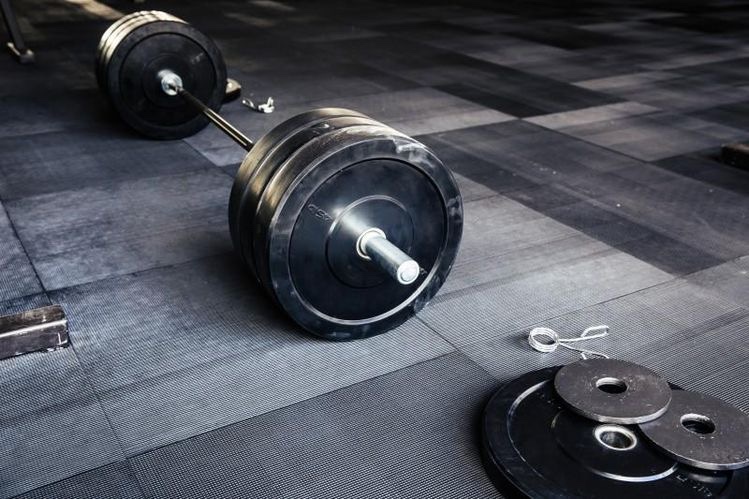
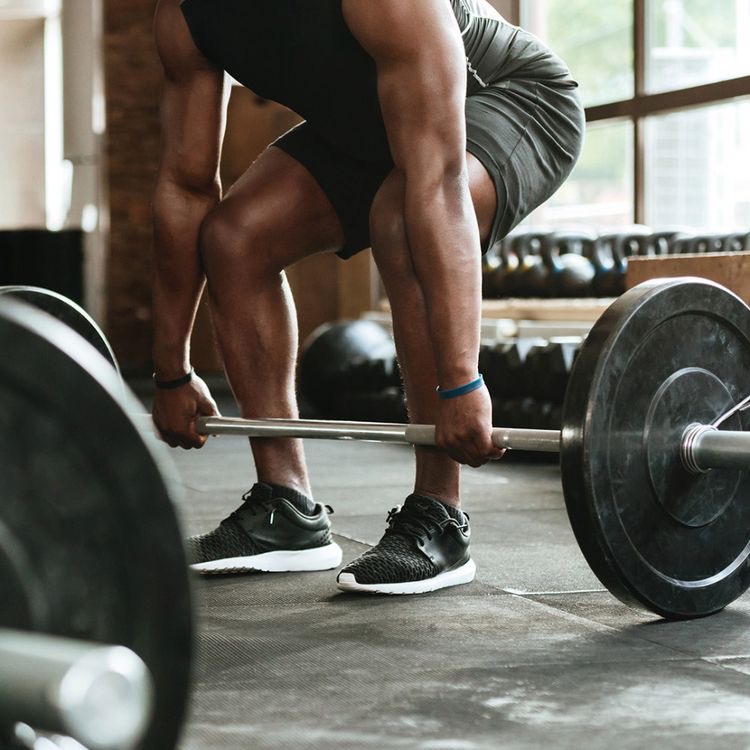
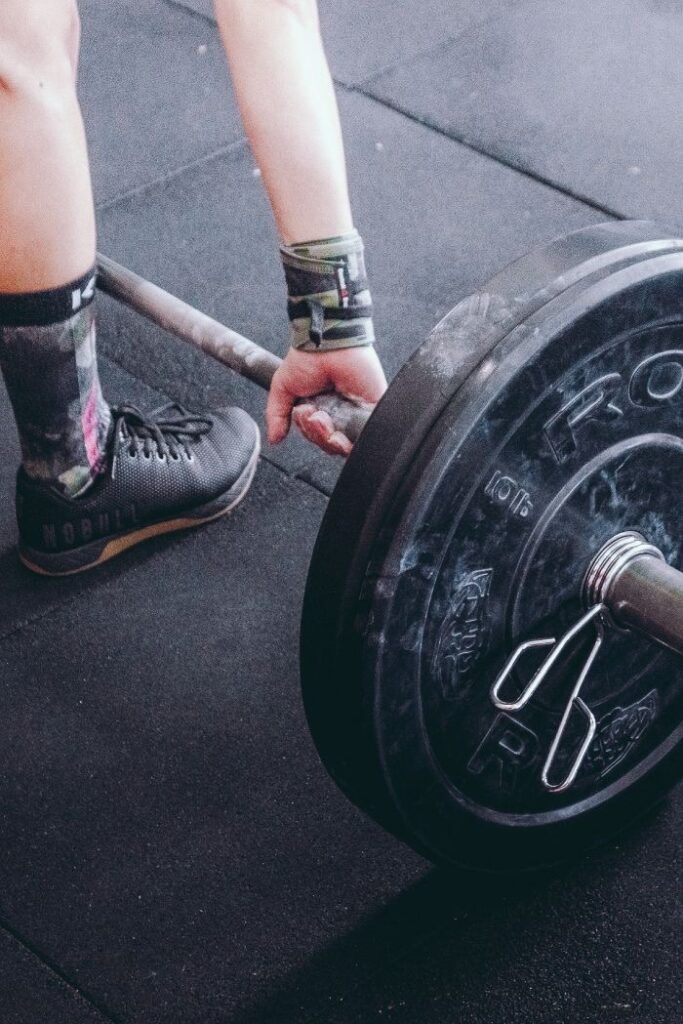
Finding the Perfect Barbell
Selecting the right barbell for your fitness journey is akin to choosing a trusted companion for your strength training endeavors. With a plethora of options available, finding the perfect barbell tailored to your needs can be both exciting and essential. Here’s a comprehensive guide to help you navigate through the various factors involved in finding your ideal barbell match.
1. Define Your Purpose
Identify your fitness focus: powerlifting, Olympic weightlifting, bodybuilding, or overall strength. This guides your barbell choice.
2. Weight and Load Capacity
Pick a weight (15kg or 20kg) aligned with your strength. Ensure the barbell’s load capacity accommodates your heaviest lifts.
3. Grip Comfort
Knurling intensity varies. Choose what feels comfortable for your grip. Gentler for sensitive hands, aggressive for a firmer hold.
4. Shaft Diameter
Consider the barbell shaft diameter (28-29mm for standard, 25mm for Olympic). Opt for a comfortable and secure grip.
5. Barbell Type
Select a bar suited to your training style – powerlifting, Olympic weightlifting, or hybrid for versatility.
6. Sleeve Rotation and Bearings
Decide between bushings (stable rotation) and bearings (fluid rotation) based on your exercise preferences.
7. Test if Possible
Try different barbells at gyms or stores to gauge your comfort and preference.
8. Long-Term Investment
Remember, a barbell is a lasting investment. Prioritize quality for enduring results.
Selecting your barbell involves aligning your preferences, goals, and technical factors. By investing time in this decision, you’ll find a barbell that elevates your strengths and propels you toward success. Your chosen barbell becomes more than equipment – it’s your steadfast partner in the journey to a stronger you.
Here are our personal picks for barbells based on all the factors we just discussed:
(Click on the photo to open the link)
Effective Tracking: The Key to Consistency
Tracking your progress isn’t just about tallying numbers – it’s about fostering accountability, staying motivated, and fine-tuning your routine. Various methods can help you effectively track your barbell training journey:
- Workout Journal: Keeping a dedicated journal where you record your exercises, sets, repetitions, and weights used provides a tangible record of your progress. It helps you track improvements and identify patterns in your training.
- Digital Apps: Fitness apps and platforms allow you to log your workouts, track progress graphs, and even receive workout recommendations based on your goals. These apps make tracking convenient and accessible.
- Photos and Measurements: Alongside traditional tracking methods, consider taking progress photos and measurements. Visual changes might not always be reflected in the numbers, but photos can be a powerful motivator.
- Strength Metrics: Pay attention to your lifts’ strength metrics. If you started with 50kg for squats and can now comfortably manage 70kg, that’s a tangible indicator of your growth.
- Listening to Your Body: Tracking also involves tuning in to how your body responds to different weights and exercises. As you progress, you’ll become more attuned to what challenges you and what feels right.
Calories Burned During Barbell Exercises: A Bonus Benefit
Barbell exercises aren’t just about building muscle and strength – they also offer the opportunity to torch calories. Compound movements like squats, deadlifts, and overhead presses engage multiple muscle groups, triggering a higher calorie burn compared to isolated exercises. This metabolic boost, known as the “afterburn effect,” continues after your workout as your body works to repair and recover.
It’s important to note that the number of calories burned varies based on factors like exercise intensity, your weight, and metabolism. While barbell exercises contribute to calorie expenditure, they also contribute to the development of lean muscle mass, which can further enhance your metabolism over time. This makes them an efficient choice for those aiming to manage weight while sculpting a strong physique.
As you embark on your barbell training journey, you’ll find that your equipment setup can play a pivotal role in your success. Beyond the core barbell, a selection of supplementary gear can elevate your workouts, enhance safety, and provide valuable insights into your progress. Consider integrating items like dumbbells, yoga mats, and fitness trackers to create a comprehensive and effective barbell training environment.

